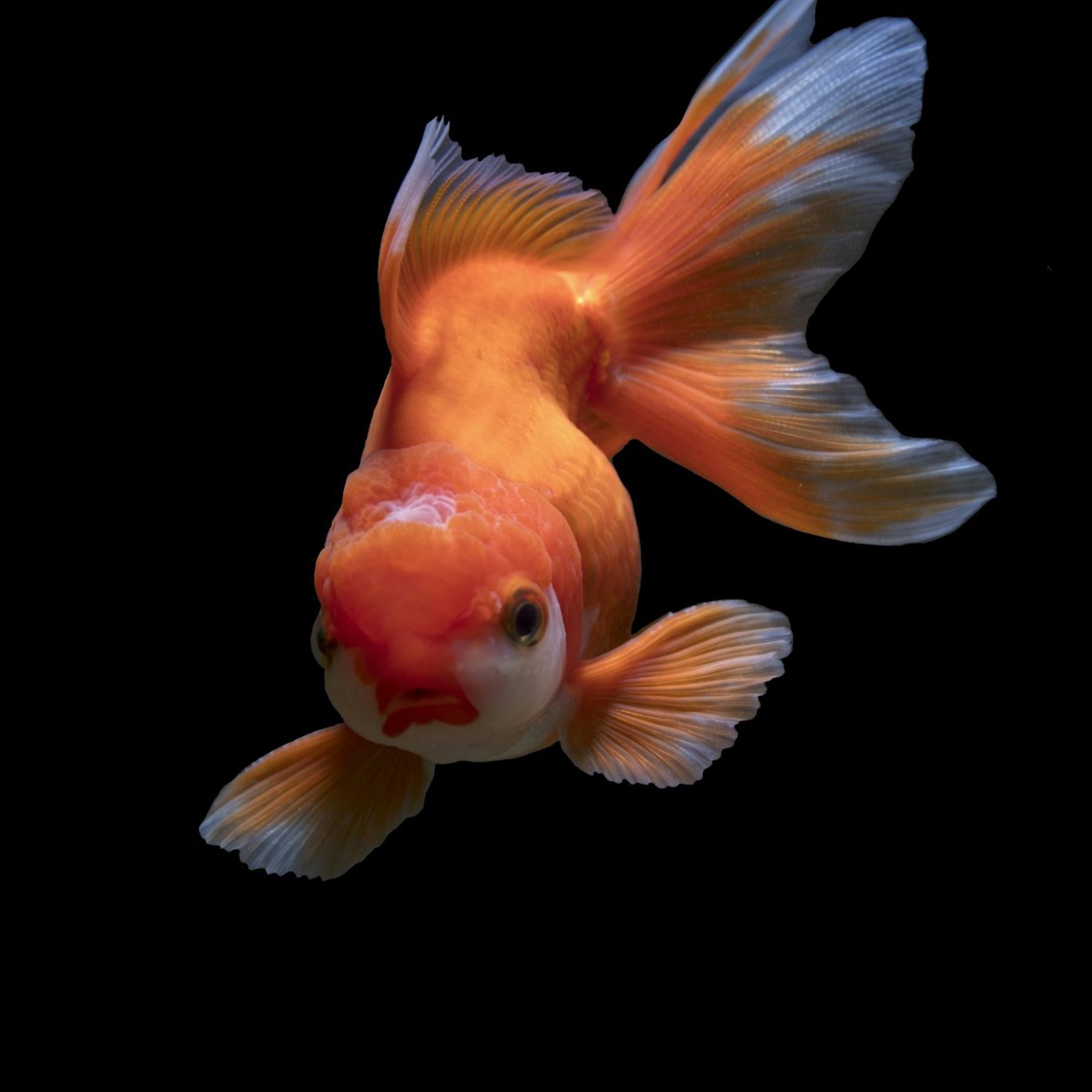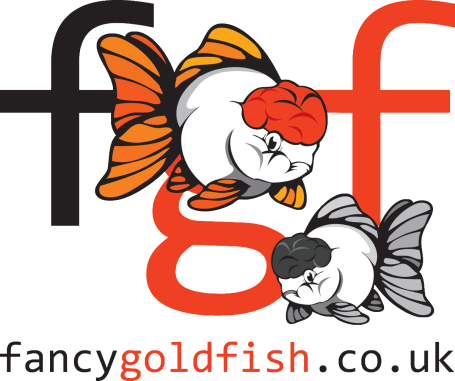The Key to Healthy Goldfish: Why Water Quality Matters
When it comes to keeping fancy goldfish happy and thriving, water quality is everything! Unlike other pets, goldfish live in the same water they eat, swim, and produce waste in—so keeping their environment clean is crucial. Poor water conditions can lead to stress, illness, and even a shorter lifespan for your fish.
Let’s dive into why water quality matters and how to maintain a healthy aquarium for your goldfish.
The Silent Killers: Ammonia, Nitrites, and Nitrates
Goldfish produce a lot of waste, which can quickly turn toxic if not properly managed. Here’s why these three compounds are a big concern:
- Ammonia (NH3) – This is produced from fish waste, uneaten food, and decaying plants. Even at low levels, ammonia burns the gills of fish, making it hard for them to breathe.
- Nitrites (NO2) – When beneficial bacteria break down ammonia, they produce nitrites. These are still harmful and can prevent oxygen from binding to your fish’s blood, leading to suffocation.
- Nitrates (NO3) – Further breakdown of nitrites produces nitrates. While less toxic, high nitrate levels can still cause stress, poor growth, and health issues over time.
How to Keep These Toxins Under Control
To prevent ammonia, nitrite, and nitrate spikes, follow these best practices:
✅ Perform regular water changes (at least 25-50% weekly).
✅ Use a good-quality filter suited to your tank size.
✅ Avoid overfeeding—uneaten food increases waste buildup.
✅ Test water parameters regularly with an aquarium test kit.

Ammonia (NH3)
This is produced from fish waste, uneaten food, and decaying plants. Even at low levels, ammonia burns the gills of fish, making it hard for them to breathe.
Nitrites (NO2)
When beneficial bacteria break down ammonia, they produce nitrites. These are still harmful and can prevent oxygen from binding to your fish’s blood, leading to suffocation.
Nitrates (NO3)
Further breakdown of nitrites produces nitrates. While less toxic, high nitrate levels can still cause stress, poor growth, and health issues over time.

Healthy Water = Happy Goldfish
Keeping your goldfish’s water clean doesn’t have to be complicated. By understanding the nitrogen cycle, monitoring ammonia levels, and maintaining routine water changes, you’ll create a safe and thriving environment for your fish.
💡 Pro Tip: Always dechlorinate tap water before adding it to your tank! Chlorine can kill beneficial bacteria and harm your fish.
A little effort goes a long way in keeping your goldfish happy and swimming strong!
What is the best substrate for fancy goldfish?
The best substrate for a fancy goldfish tank depends on your goals (aesthetics, ease of cleaning, or plant growth). Here are the best options:
1. Bare Bottom (Best for Easy Maintenance)
- ✅ Easiest to clean—waste doesn’t get trapped.
- ✅ No risk of goldfish swallowing substrate.
- ❌ Less natural appearance.
2. Large Smooth Gravel (Best for Aesthetic Appeal)
- ✅ Looks natural and decorative.
- ✅ Heavy enough to prevent goldfish from stirring it up too much.
- ❌ Can trap debris, requiring frequent vacuuming.
- ❌ Goldfish might try to swallow small pieces, which can be a choking hazard—use gravel larger than their mouths.
3. Sand (Best for Natural Look & Foraging)
- ✅ Goldfish love sifting through the sand for food.
- ✅ Less risk of choking compared to gravel.
- ❌ Can trap waste if not maintained properly.
- ❌ Might be stirred up and clog filters.


Best substrate contd...
4. Fine Rounded Pebbles (Compromise Between Sand & Gravel)
- ✅ Easier to clean than sand.
- ✅ Looks natural and safe for goldfish.
- ❌ Still requires regular vacuuming.
5. Plant-Friendly Substrate (For Planted Goldfish Tanks)
- ✅ Supports plant growth if you have live plants.
- ✅ Can be used under sand or gravel.
- ❌ Can be messy if disturbed.
Best Choice?
- For easy maintenance → Bare bottom
- For natural look & safe foraging → Sand
- For aesthetic appeal with easy cleaning → Large, smooth gravel or fine rounded pebbles
- For planted tanks → Plant-friendly substrate with a sand/gravel cap
Choosing a background for fancy goldfish?
The best background for a fancy goldfish tank depends on aesthetics, visibility, and how it affects the fish. Here are some great options:
1. Dark Background (Best for Contrast & Fish Colors)
- ✅ Black or dark blue enhances the goldfish’s bright colors (reds, oranges, whites).
- ✅ Reduces glare and reflections, helping the fish feel more secure.
- ✅ Gives a clean, modern look.
- ❌ Can make algae growth more noticeable.
2. Natural Scene Background (Best for a Natural Look)
- ✅ Mimics a real aquatic environment.
- ✅ Creates depth, making the tank look bigger.
- ✅ Works well with planted tanks.
- ❌ Some prints may look artificial or too busy.


Choosing a background contd...
3. Light or Frosted Background (Best for a Bright, Open Look)
- ✅ White or light-colored backgrounds give an airy, spacious feel.
- ✅ Good for minimalist or modern setups.
- ✅ Helps light reflect, making the tank brighter.
- ❌ May not contrast well with light-colored goldfish (like white or pale yellow ones).
4. 3D Rock or Textured Background (Best for a Dramatic, Natural Effect)
- ✅ Adds depth and a realistic aesthetic.
- ✅ Looks great in large tanks.
- ❌ Can take up space.
- ❌ More expensive than standard backgrounds.
5. No Background (For Open Room Aesthetic)
- ✅ If your tank is against a decorative wall, it may look stylish.
- ❌ Can cause reflections, making the fish see their own image and get stressed.
What temperature should your fancy goldfish tank be?
Fancy goldfish thrive in water temperatures between 18°C to 24°C (65°F to 75°F).
Here are some key points to consider:
- Ideal Range: 20°C to 22°C (68°F to 72°F) is optimal for their metabolism and overall health.
- Avoid Extreme Cold: Below 15°C (59°F) can slow their metabolism too much, leading to sluggishness.
- Avoid High Temperatures: Above 25°C (77°F) can cause stress, reduce oxygen levels, and increase disease risks.
- Use a Heater in Winter: If your home gets too cold, a heater can help maintain stable temperatures.
- Good Aeration is Essential: Warmer water holds less oxygen, so always use an air pump or surface agitation.


©Copyright. All rights reserved.
We need your consent to load the translations
We use a third-party service to translate the website content that may collect data about your activity. Please review the details in the privacy policy and accept the service to view the translations.
